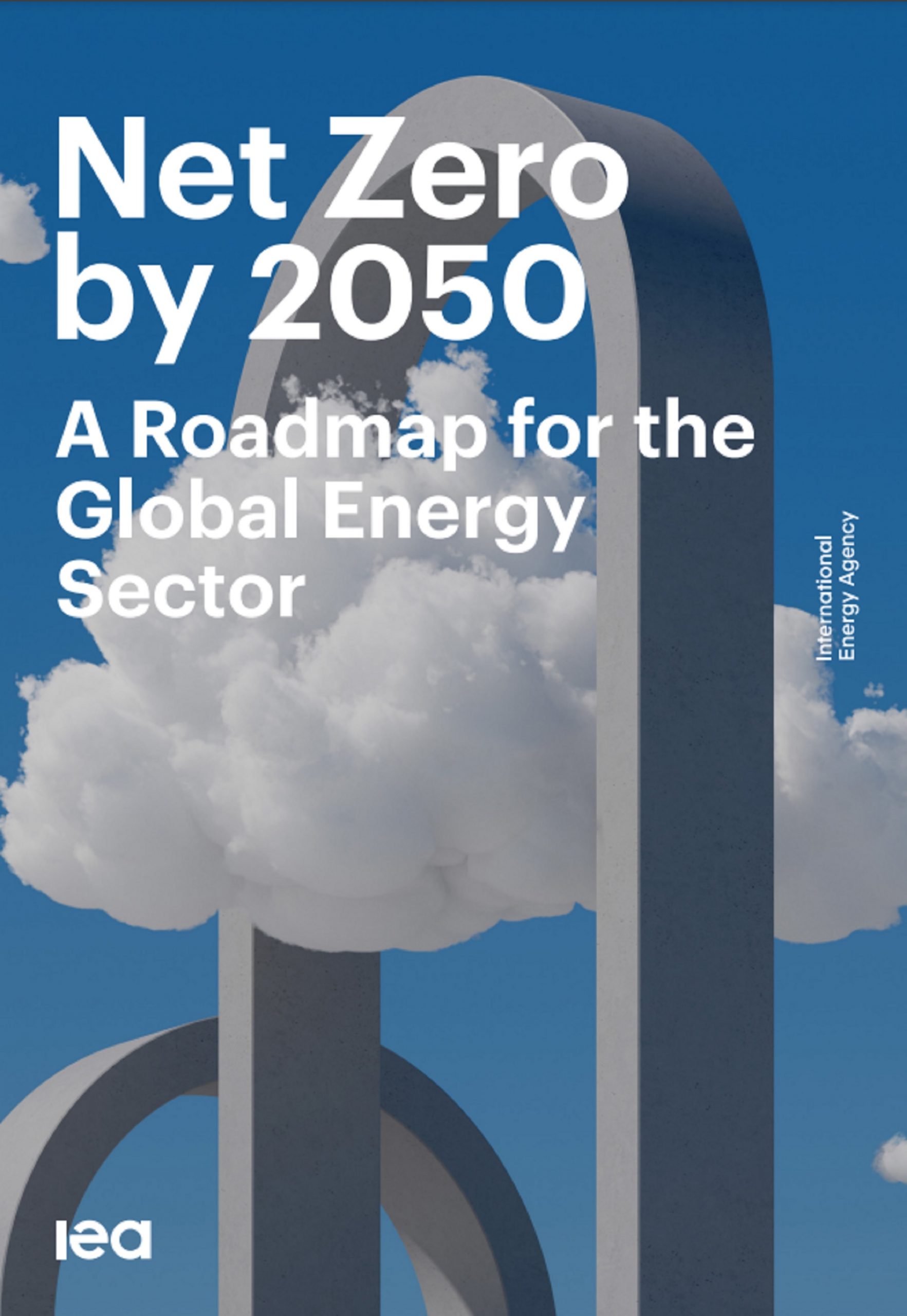
With connected load of nearly 200 MVA, the University of Michigan has one of the largest energy systems at its latitude (42 degrees N) in the world.
There is not a single standard specification for district energy systems, as these systems can vary widely depending on factors such as location, climate, building types, and available energy sources. However, there are several industry organizations and associations that have developed guidelines and best practices for the design, construction, operation, and maintenance of district energy systems. Some of these organizations include:
- International District Energy Association (IDEA) – IDEA is a nonprofit trade association that promotes the use of district energy systems and provides resources and education for industry professionals. IDEA publishes a range of technical manuals, guidelines, and best practices related to district energy systems.
- American Society of Heating, Refrigerating and Air-Conditioning Engineers (ASHRAE) – ASHRAE is a professional organization focused on the advancement of heating, ventilation, air conditioning, and refrigeration systems. ASHRAE publishes a range of standards, guidelines, and best practices related to energy efficiency, indoor air quality, and sustainability.
- European Association for District Heating and Cooling (Euroheat & Power) – Euroheat & Power is a trade association that represents the district heating and cooling industry in Europe. The organization publishes a range of technical reports, guidelines, and best practices related to district energy systems.
- Canadian District Energy Association (CDEA) – CDEA is a nonprofit organization that promotes the use of district energy systems in Canada. The organization provides resources and education for industry professionals and publishes a range of technical reports and guidelines related to district energy systems.
While there is no single standard specification for district energy systems, these organizations provide valuable guidance and resources for the design, construction, operation, and maintenance of these systems. By following industry best practices and guidelines, designers and operators can ensure that district energy systems are safe, efficient, and reliable. We list a few titles and recent articles below:
University of Michigan Central Power Plant
ASME BPV Code, Section VIII, Division 1: Design and Construction – Course Description
District Heating Guide and District Cooling Guide
Steam Tunnel and Piping System Product, Installation and Operation Codes and Standards
University of Michigan seeking 25 MW of on-campus solar power
Bates College: Heating & Cooling Transition
Here are some of the largest college and university district heating and cooling systems in the world:
- Ohio State University – The university operates a district energy system that provides heating and cooling to over 400 buildings on campus, making it one of the largest university district energy systems in North America.
- University of Texas at Austin – The university operates a district cooling system that provides cooling to over 19 million square feet of space on campus, making it one of the largest university district cooling systems in the world.
- Cornell University – The university operates a district energy system that provides heating and cooling to over 200 buildings on campus, making it one of the largest university district energy systems in the world.
- Harvard University – The university operates a district energy system that provides heating and cooling to over 100 buildings on campus, making it one of the largest university district energy systems in the world.
- University of British Columbia – The university operates a district energy system that provides heating and cooling to over 400 buildings on campus, making it one of the largest university district energy systems in North America.
- University of California, San Diego – The university operates a district energy system that provides heating and cooling to over 200 buildings on campus, making it one of the largest university district energy systems in the world.
- University of Massachusetts Amherst – The university operates a district energy system that provides heating and cooling to over 50 buildings on campus, making it one of the largest university district energy systems in the world.
- University of Pittsburgh – The university operates a district energy system that provides heating and cooling to over 60 buildings on campus, making it one of the largest university district energy systems in the world.
- University of Toronto – The university operates a district energy system that provides heating and cooling to over 80 buildings on campus, making it one of the largest university district energy systems in the world.
- University of Michigan – The university operates a district energy system that provides heating and cooling to over 200 buildings on campus, making it one of the largest university district energy systems in North America.
Financing large energy-related construction projects is subject to various financial standards and regulations. The specific standards and regulations may vary depending on the location and type of project, but here are some general principles that apply in many cases:
- Environmental and Social Standards: Many large energy-related construction projects require environmental and social impact assessments to be carried out. These assessments help identify and mitigate potential negative impacts on the environment and local communities. Depending on the country, the assessments may be carried out by the government or a private consultancy firm.
- Regulatory Standards: Large energy-related construction projects are subject to various regulatory standards, such as safety standards, building codes, and licensing requirements. Regulatory bodies may also require the project to meet specific technical and engineering standards.
- Financial Standards: Project financing for large energy-related construction projects typically requires adherence to financial standards, such as those established by the International Finance Corporation (IFC) and the Equator Principles. These standards require borrowers to demonstrate adherence to best practices in areas such as governance, social and environmental responsibility, and risk management.
- Funding Sources: Large energy-related construction projects may be funded by various sources, including banks, private equity firms, and government agencies. Each funding source may have its own standards and regulations that the project must adhere to.
- Risk Management: Large energy-related construction projects involve significant financial and operational risks. Lenders and investors will typically require the borrower to have a robust risk management plan in place to mitigate these risks.
- Due Diligence: Before providing financing, lenders and investors typically conduct due diligence on the borrower and the project to assess the risks and ensure compliance with applicable standards and regulations.
In summary, financing large energy-related construction projects requires adherence to various financial standards and regulations. These may include environmental and social standards, regulatory standards, financial standards, funding source requirements, risk management, and due diligence.









